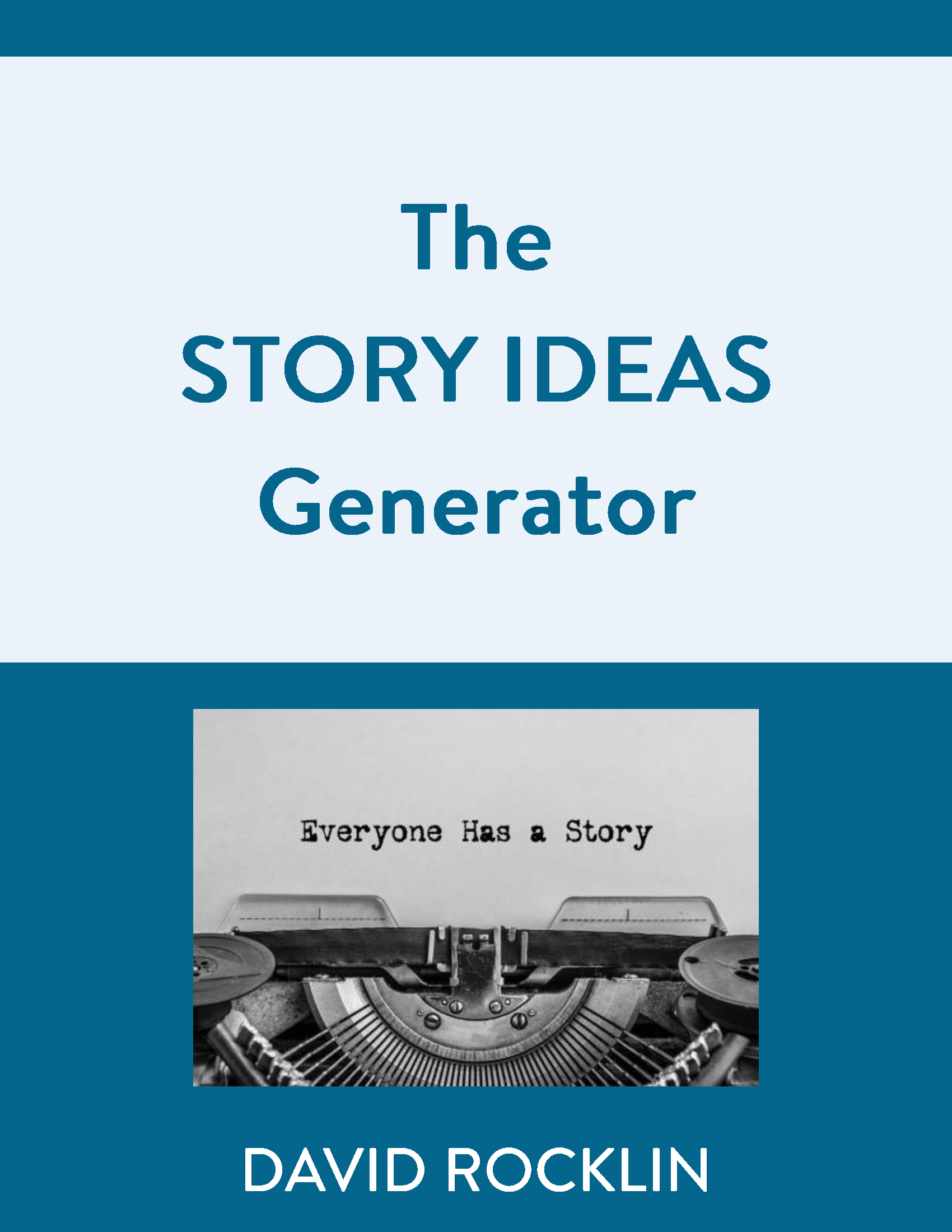Dr. Nina Savelle-Rocklin
Finding Relief from Chronic Pain & Binge Eating

Table of Contents
- Some examples of types of chronic pain:
- Finding Relief From Physical Discomfort
- The Psychological Impact of Chronic Pain
- Psychological Strategies to Reduce Pain
- Resources for Chronic Pain:
- Resources for Binge Eating:
Chronic pain is a debilitating condition that affects millions of people worldwide. Many factors cause chronic pain, including injuries, illnesses, and genetic conditions.
There are several types of chronic pain and illnesses that have been linked to binge eating as a coping mechanism.
Some examples of types of chronic pain:
Fibromyalgia
This chronic pain condition affects the muscles and soft tissue and can cause widespread pain and fatigue. People with fibromyalgia may turn to binge eating as a way to cope with the emotional distress caused by their symptoms.
Migraine
Migraines are a type of headache that can cause severe and debilitating pain. People with migraines may turn to binge eating as a way to cope with the emotional distress caused by their symptoms.
Irritable Bowel Syndrome (IBS)
IBS is a chronic condition that affects the digestive system and can cause abdominal pain, bloating, and constipation. People with IBS may turn to binge eating as a way to cope with the emotional distress caused by their symptoms.
Low Back Pain
Low back pain is a common chronic pain condition that affects the lower back, legs and feet. People with low back pain may turn to binge eating as a way to cope with the emotional distress caused by their symptoms.
Arthritis
Arthritis is a chronic condition that affects the joints and causes pain, stiffness, and inflammation. People with arthritis may turn to binge eating as a way to cope with the emotional distress caused by their symptoms.
Other chronic pain conditions include chronic fatigue syndrome, endometriosis, fibromyalgia, inflammatory bowel disease, interstitial cystitis, temporomandibular joint dysfunction, and vulvodynia.
Chronic pain is definitely not limited to these specific conditions and people with other chronic pain conditions or illnesses may also develop binge eating as a coping mechanism.
People with chronic pain often struggle to find relief from their symptoms, and may turn to various coping mechanisms to try to ease their suffering. Binge eating is one such coping mechanism, as it provides some temporary relief, comfort, or distraction from chronic pain.
Binge eating is characterized by compulsive eating, often in secret and to the point of feeling physically uncomfortable. Food provides comfort, and can offset the the emotional distress caused by chronic pain, and provide distraction.
Of course, this is a strategy that hurts more than it helps. Bingeing is what I call a “frenemy” as it helps in some ways by numbing, distracting, and comforting, but also hurts. Bingeing can lead to serious health problems, such as obesity, diabetes, and heart disease. Bingeing also undermines self-esteem and creates depression and anxiety.
Chronic pain can also lead to changes in hormone levels, which can affect appetite and metabolism. Research has shown that chronic pain can increase levels of the stress hormone cortisol, which can lead to increased appetite and cravings for high-calorie, high-fat foods.
These hormonal changes can also lead to a decrease in metabolism, making it more difficult for the body to burn calories and maintain a healthy weight.
Additionally, chronic pain can also lead to changes in other hormones such as Leptin, Ghrelin which are responsible for regulating hunger and satiety. When chronic pain persists, these hormones can become imbalanced which can lead to overeating and difficulty in losing weight.
It’s a vicious cycle, as these changes in hormone levels and metabolism can cause weight gain, which leads to even more physical and emotional distress, leading to more binge eating as a coping strategy.
Pain is difficult to manage—especially when it’s chronic. Whether you’re dealing with headaches, fibromyalgia, or any other kind of pain that never seems to go away, it can be incredibly discouraging and disheartening. But, there is hope.
Finding Relief From Physical Discomfort
There are many ways to cope with chronic pain, both physically and emotionally. Some methods to cope with the physical aspects of pain include:
- Exercise: Regular physical activity can help reduce pain and improve overall health. Low-impact exercises such as swimming, cycling, or yoga may be particularly beneficial for people with chronic pain.
- Physical therapy: A physical therapist can help develop an exercise program tailored to your needs and teach you techniques to manage pain.
- Medication: Over-the-counter pain relievers such as ibuprofen or acetaminophen can help relieve mild pain. Stronger prescription medications may be necessary for more severe pain.
- Acupuncture: This traditional Chinese medicine practice involves inserting thin needles into specific points on the body to alleviate pain.
- Relaxation techniques: Techniques such as deep breathing, progressive muscle relaxation, and visualization can help reduce stress and tension, which can in turn reduce pain.
- Massage therapy: Massage can help relieve muscle tension and improve circulation, which can reduce pain.
The Psychological Impact of Chronic Pain
Pain is not only a physical sensation but a mental one as well. Pain affects our emotions, which in turn, affects the way we perceive and experience our lives.
For example, if you are constantly anxious about your pain level or feel hopeless about ever feeling better again, those negative thoughts can actually intensify physical pain, as well as causing emotional distress.
So when dealing with chronic pain from a psychological perspective, it is important to explore the ways that your thoughts influence how you experience physical discomfort and find new ways of coping.
Understanding how the mind works and taking steps to reframe our thoughts around pain can help us better cope with these issues. One of the most important things we can do when it comes to managing chronic physical pain is to reframe our thoughts around it.
Our thoughts are powerful; they shape our perception of reality and influence our behavior in subtle ways. For example, if we think about our pain in negative terms (e.g., “I’ll never get rid of this pain” or “This will never go away”), then we will likely feel worse and will be less likely to engage in activities that can help us cope with the issue.
On the other hand, if we reframe our thoughts around pain by focusing on the positive (e.g., “I can manage this pain better if I take care of myself” or “My body is capable of healing”), then we will likely feel more hopeful and be more willing to take steps towards healing ourselves physically and emotionally.
Similarly, when we change our thoughts around binge eating and create more curiosity and less criticism, we change the way we feel and are more likely to use healthier coping strategies.
A critical stance sounds like, “I can’t believe how much I just ate. I have no willpower or control. I’m disgusted by myself, and I feel hopeless.”
Curiosity sounds like, “I wonder why I just turned to food. Clearly, something is going on with me, and I’m going to figure out what that is and treat myself as I would anyone I care about. Instead of berating myself, I’m going to soothe myself.”
Self-compassion and self-care can be effective tools in managing chronic pain. By treating ourselves with kindness and understanding, we can alleviate feelings of distress and improve our overall well-being. Instead of relying on external sources of comfort, such as comfort food, we can learn to comfort ourselves by using positive self-talk and developing a supportive inner dialogue.
Through self-compassion, we learn to acknowledge and accept our pain rather than denying or pushing it away, which can lead to a more manageable and less distressing experience. Additionally, when we practice self-care, we can improve our overall emotional and physical health, which can in turn reduce the intensity and frequency of chronic pain.
Psychological Strategies to Reduce Pain
Psychoanalytic or psychodynamic therapy is a form of therapy that focuses on unconscious thoughts, feelings, and behaviors. This type of therapy can help people with chronic pain by:
Understanding the emotional impact of the pain
People with chronic pain may have feelings of hopelessness, helplessness, and despair. Depth psychology can help them understand and process these feelings, which can help to reduce their distress.
Identifying underlying psychological issues
Chronic pain can be caused by or related to underlying psychological issues, such as past trauma, unresolved conflicts, or unresolved emotional issues. This type of therapy can help individuals identify and address these underlying issues, which can help to reduce the intensity and frequency of pain. Migraines, for example, may be a manifestation of painful thoughts.
Exploring the relationship between pain and emotions
Pain can have a profound impact on emotions, and emotions can have a profound impact on pain. Therapy can help individuals explore the relationship between their pain and their emotions and identify new ways of coping with their pain.
Improving self-awareness
this type of therapy can help individuals become more aware of their thoughts, feelings, and behaviors and how they may be contributing to their pain. This increased self-awareness can help them make positive changes in their lives and improve their overall well-being.
Cognitive-behavioral therapy (CBT) is a type of psychotherapy that can be effective in helping individuals manage chronic pain. The therapy focuses on identifying and changing negative thought patterns and behaviors that may be contributing to the experience of pain.
For example, a person may have a tendency to think the worst, catastrophizing or exaggerating the potential negative outcomes of a situation, which can increase feelings of anxiety and worsen the pain. CBT can help individuals learn to challenge these thoughts and develop more realistic, positive perspectives.
Additionally, CBT can teach coping skills such as relaxation techniques and pain management strategies, which can improve one's ability to manage pain in a more effective way. It is also a way to help individuals to focus on the things they can do instead of what they can't and to be able to find meaning and satisfaction in their life despite their pain.
Mindfulness-based stress reduction (MBSR) is a technique that involves training individuals to focus their attention on the present moment, accept it without judgment, and observe their thoughts, feelings, and physical sensations. MBSR can help people with chronic pain to learn to disengage from negative thoughts and emotions that may intensify their pain.
Acceptance and commitment therapy (ACT) is a type of therapy that involves accepting the reality of chronic pain and developing a sense of commitment to living a meaningful life despite it. ACT can help people with chronic pain learn to focus on what they can do rather than what they can't do and develop a sense of purpose and fulfillment in their lives.
This approach involves acknowledging the fact that pain exists without struggling against it or trying to wish it away. Of course, this doesn't mean giving up on getting better; rather, it means accepting the present moment for what it is without judgment or expectation so you can move forward in your journey towards healing.
Mindfulness can be helpful in making us aware of our body's needs—which may include rest, exercise, massage therapy, etc.—so we can better meet those needs in order to alleviate some of the discomfort associated with chronic physical pain.
Ultimately every case of chronic pain is unique, so it is important to listen to what your body needs and take steps towards finding relief through whatever means work best for you. It may take time to find the right combination of coping strategies that work for you but don't give up–with dedicated effort and care for yourself both physically and mentally. You can make progress towards finding lasting relief from chronic physical discomfort.
When you find new ways of managing chronic physical pain, you no longer need binge eating as a way of numbing, coping, or escaping that pain.
If you’re struggling with chronic pain, know that you’re not alone. It can be difficult to cope with physical discomfort day after day, but there are ways to manage your pain both physically and psychologically. Reach out for help if you feel you can benefit from some support.
I hope this article has given you some useful information and tips on how to deal with chronic pain and stop binge eating. Please share your thoughts and experiences in the comments below – I’d love to hear from you!
Resources for Chronic Pain:
There are several specific support groups and resources that may be available to people with chronic pain. Some examples include:
Chronic Pain Support Groups
These groups provide a safe and supportive environment for people with chronic pain to share their experiences and offer each other support. They can be found through hospitals, clinics, and community organizations.
Online Support Groups
There are several online support groups available for people with chronic pain. They can be found through social media platforms, websites, and forums.
Pain Clinics
Pain clinics are specialized medical centers that provide comprehensive care for people with chronic pain. They often have a team of healthcare professionals, including doctors, nurses, and physical therapists, to help manage pain.
Patient organizations
Some patient organizations, such as the American Chronic Pain Association (https://www.theacpa.org/pain-management/), provide support and information for people living with chronic pain and their loved ones. They offer a variety of resources such as newsletters, videos, and online support groups.
Self-help books and websites
There are many self-help books and websites available that provide information and strategies for managing chronic pain. Some examples include “The Pain Survival Guide: How to Reclaim Your Life” by Margaret Caudill, “The Chronic Pain Solution” by James Dillard, and “The Chronic Pain Care Workbook” by Margaret Caudill.
Mind-body therapies
Mind-body therapies such as yoga, meditation, and tai chi can be beneficial for people with chronic pain as they can help reduce stress and improve overall well-being.
It is important to note that the availability of these resources may vary depending on the location, but seeking professional help and developing a personalized treatment plan is essential for managing chronic pain.
Resources for Binge Eating:
National Eating Disorders Association (NEDA)
NEDA provides a helpline, support groups, and information on treatment options for individuals with binge eating disorder.
Binge Eating Disorder Association (BEDA)
BEDA offers support groups, online resources, and information on treatment options for individuals with binge eating disorder.
International Association of Eating Disorders Professionals (IAEDP)
IAEDP provides a directory of eating disorder treatment providers, as well as information on treatment options and support groups for individuals with binge eating disorder.
The Academy for Eating Disorders (AED)
AED offers information on treatment options, research, and resources for individuals with eating disorders, including binge eating disorder.
National Institute of Mental Health (NIMH)
NIMH provides information on the causes, symptoms, and treatment options for binge eating disorder, as well as resources for finding help.
Online counseling and therapy
Many licensed therapists offer online counseling and therapy services, which can be a convenient and effective option for individuals struggling with binge eating disorder.
Support groups
Many communities have support groups for individuals with binge eating disorder, which can provide a supportive and understanding environment where individuals can share their experiences and gain support and advice from others who understand the condition.
Please join my online Facebook group: Dr. Nina’s “Food for Thought” Community.
Healing from binge eating disorder is possible and usually requires professional help, so it’s important to address this issue under the guidance of a therapist who specializes in eating disorders.
Sick of obsessing about every bite?
GET THE CURE
The Binge Cure Book!
Enter “CURE” to receive a 20% discount.
No, I don’t want access to this terrific resource to help me overcome binge eating.
The Author

Dr. Nina Savelle-Rocklin is a renowned author and podcast host and one of the nation’s leading psychoanalysts known for the psychology of eating. Her signature message of, “It’s not what you’re eating, it’s what’s eating ‘at’ you” has resonated with hundreds of thousands of listeners from around the globe in 40 countries. As founder of The Binge Cure Method, she guides emotional eaters to create lasting food freedom so they can take back control of their lives and feel good in their bodies.
Related Blogs





















